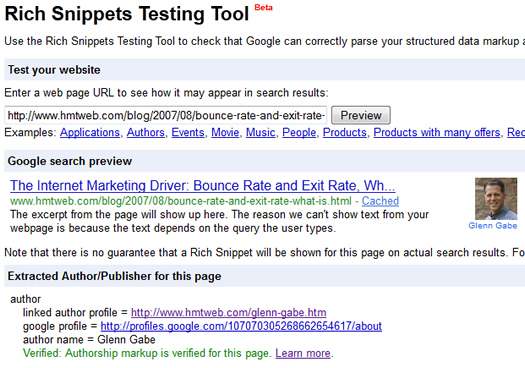
You can use either format to implement your schema. If you’re not comfortable with Javascript, then you can use this free tool to generate JSON-LD schema. "description": "This is an iPhone 11 pro.",Īnd Google would interpret it in the same way as our microdata example: Instead of the HTML above, we could add the following script to our page: "Product", (If you want to know more about how it works check out this guide from Moz) JSON-LD stands for JavaScript Object Notation for Linked Data.īut for our purposes, all you need to know is that it’s a way to include schema data in Javascript, rather than in microdata added to your HTML tags. If you’re not familiar with HTML/XML, we realize this might be a little tricky to follow. Which means we’ll be eligible for a product rich snippet in search results, with price and stock status shown. We can then validate our code using the “Code Snippet” option in Google’s Rich Results Test tool.Īnd we can see that Google has correctly interpreted the code: Price: £Īnd finally, close off the parent product entity. Which includes currency, price, and availability. We then have our offer, which is nested inside the parent product:
#Rich snippets testing tool pro
We have its name, image and description: iPhone 11 Pro

īreaking that down, we’ve got our parent entity, a product: Here’s how that would look for the example above. So we can add schema microdata to remove any doubt. But it’s still not going to be 100% crystal clear to a search engine. Adding schema with microdataįor a basic product we might have the following HTML: Īnd that’s actually reasonably well structured.

Schema is the spoon with which you feed it this information. And it’s definitely not going to be sure enough to display that additional information in a rich snippet.

But they’re not as smart as you.īut unless you spoon feed it the information, it’s not going to be 100% sure.
#Rich snippets testing tool how to
How to qualify for rich snippetsįor your webpage to be eligible for rich snippets, you’ll need to add a specific type of structured markup to your HTML called “schema”. Google won’t always display your rich snippets. Which could give your result 3x more real estate on the page… Or add FAQ structured data and it could look like this: Which is going to give you a fighting chance. You’re going to get lost in the crowd.īut add Product structured data and your search result could look like this: It’s going to be super hard to grab a searcher’s attention. Which means that if your search result looks like this:


 0 kommentar(er)
0 kommentar(er)
